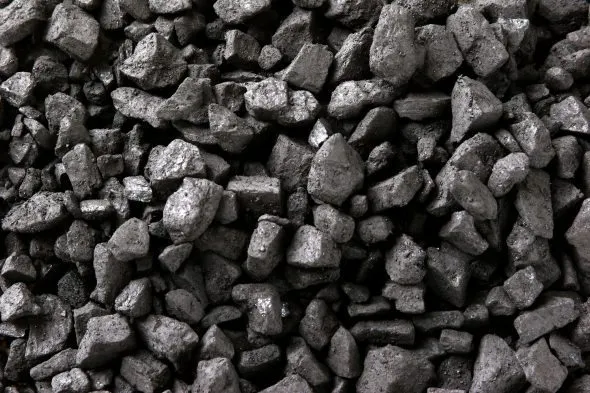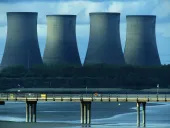
Is the proposed Khurja coal power plant in India overpriced?
A “realistic” tariff for the plant is at 7.8 cents/kWh even if renewable tariffs are available at 4.1 cents/kWh.
At a time when India’s renewable energy options are becoming cheaper and more accessible, Tehri Hydro Development Corporation’s (THDC) Khurja coal power plant could drive up electricity costs as tariffs could hit 7.8 cents/kWh even if renewable tariffs are available at 4.1 cents/kWh, the Institute for Energy Economics and Financial Analysis (IEEFA) revealed.
“The Khurja power plant was feasible when first proposed eight years ago in response to power supply shortages and outages across northern India, but technology and relative costs has moved on,” IEEFA director of energy finance studies Tim Buckley said in a report.
The director then proceeded to say that electricity users, the state and central government, and the project’s lenders should not be burdened with yet another expensive stranded asset at a time when local residents need cleaner energy options.
The Khurja non-minemouth coal proposal relies on a 900km long rail haul to bring coal to the plant, incurring significant freight charges, and increasing the cost of energy it produces. Additionally, the market price of coal continues to increase globally.
“A realistic tariff for Khurja is near 7.8 cents (Rs5.67)/kWh,” Buckley said. “When this is compared to clean renewable energy tariffs available 4.1 cents (Rs3.00)/kWh, the economics of the project look dim.”
Indian Prime Minister Narendra Modi is aiming to achieve 40% of its electricity generation needs by 2030 from non-fossil fuel sources including wind and solar. IEEFA energy research associate Kashish Shah added that India’s ambition to sustain 7-8% annual economic growth hinges on improving energy security and reducing the cost of power, and that requires sensible investment.
“Most of the state’s incremental electricity demand will be met by cheaper, cleaner renewable energy capacity and energy/grid efficiency gains over the next ten years, not through an overpriced, outdated, and uncompetitive monolith like the Khurja plant,” Shah said.
IEEFA said Khurja is expected to add to the lender, Power Finance Corporation’s $4.5b of stranded assets. To resolve this, the group said that diversifying into the non-minemouth coal-fired power sector is entirely outside TDHC’s core expertise and a high-risk proposition no longer aligned with India’s energy sector plan.
“A pumped hydro storage project would far better align with India’s world-leading electricity sector transformation,” Shah said. “India needs further investment in deflationary renewables, not more thermal power plants.”
“Before any final decision to proceed with Khurja is made, the parties must carefully evaluate the project’s long-term financial viability and reassess India’s needs,” Buckley concluded. “We recommend the long-delayed, excessively expensive and redundant Khurja project be cancelled before it becomes another expensive stranded asset in India.”



















 Advertise
Advertise







